Ethnic cleansing and war crimes, 1991-1995 – part twelve
TransConflict is pleased to present part twelve of a chapter of “Confronting the Yugoslav controversies – a scholars’ initiative”, entitled “Ethnic cleansing and war crimes, 1991-1995”, which “aims at describing causes, features, and consequences of ethnic cleansing as a policy in Bosnia-Hercegovina during the war.”
Suggested Reading |
Conflict Background |
Articles |
By Marie-Janine Calic
Deliberate Use of Violence
The ultimate goal of ethnic cleansing operations was to remove the target population from a given territory. All kinds of violent means were used as instruments to achieve this goal by instilling fear among the victims. Methods used included administrative measures (such as dismissal from work, discrimination, refusal of hospital treatment) and intimidation, as well as repression and terrorizing acts, such as beatings, torture, shooting, or using explosives against homes, summary executions, and similar acts.[79]
Following the outbreak of military confrontation in March–April 1992, the campaign of “persecution” deliberately used the following methods:
- Killings during attacks on towns and villages
- Cruel and inhumane treatment during and after the attacks
- Forced transfer and deportation
- Unlawful detention and killing, forced labor, and use of human shields
- Cruel and inhumane treatment and inhumane conditions in detention facilities
- Destruction of cultural and sacred objects
- Plunder and wanton destruction
The authors of a research project among Bosnian refugees concluded that the extent and the features of violence used in the context of ethnic cleansing operations were highly dependent on the specific conditions prevailing in the area, such as ethnic composition, the distance to the line of confrontation, and the political affiliations of the regional elite. The general characteristics were as follows:
- Extreme violence was used by the perpetrators if the percentage of the ethnic group to be evicted from a certain area was high.
- Ethnic cleansing was particularly brutally designed if the (defending) political and military authority in the area concerned was poorly organized.
- The outcome of ethnic cleansing depended on the level of political organization and military supply of the attacking forces.
Measures usually went far beyond the degree of violence (physical and nonphysical) necessary to establish control over the public order, and they potentially involved two distinct targets: those who were physically exposed to deliberate coercion and violence, and those who observed the violence and whose fear the perpetrator wanted to increase. Because the latter group identified with the victims, they perceived themselves as potential future victims and thus despaired or complied.
The forced expulsions were consistently implemented by lightning attacks and shelling followed by mechanized units entering the villages. Frequently, the women were separated from the men and taken to detention facilities or were expelled to other areas. Also, there was systematic burning of homes in rural areas, which had particularly devastating psychological effects on people. Building a new house was a life project for which families worked for years. A house often symbolized the social worth of a family; it was the proof of hard work and commitment to its future well-being.[80] Burning of houses was a particularly effective tool to prevent the unwanted population from returning to its place of origin. In besieged Sarajevo, the Bosnian-Serb political and military leadership ordered and carried out a campaign of sniping and shelling, the primary purpose of which was to spread terror among the civilian population. The objective was to divide the Bosnian capital into Serb and Muslim sectors, using acts of terror to intimidate the city’s population and break its morale and spirit.
Mirsad Tokača’s research has determined that in 1992 alone at least 50,000 persons were killed in Bosnia-Hercegovina, and the overwhelming majority of them were Bosniak civilians. Eighty percent of the killings occurred in May, June, July, and August 1992, thereby illustrating a direct correlation between ethnic cleansing and killings. Major mass killings happened, for instance, in Foča, Sanski Most, Prijedor, and Bratunac and other places. In fact, there have been 1,100 recorded cases of mass killings and 320 potential sites where the bodies of individuals can be found.[81]
There were about four hundred detention facilities in thirty-four municipalities. These facilities included prisons, police stations, schools, barracks, factories, and community centers, where people were detained by force and exposed to serious physical and mental abuse. Living conditions in these facilities were “disastrous . . . inhuman and really brutal”; the concept of sanitation did not exist. The temperature inside was low; the inmates slept on the concrete floor; and they relieved themselves in the compound or in a bucket placed by the door at night. There was not enough water, and any water that became available was contaminated.” [82] There were killings in thirty-eight detention facilities in twenty-one municipalities. Most victims were killed while in detention; others were killed while performing forced labor or while being used as human shields during combat operations. Over 1,600 detainees are listed as having been killed in nineteen detention facilities, and the number killed in the remainder of the facilities is not specified. The killings occurred between May and December 1992.
Grave violations of international humanitarian law also happened during the Croatian attack on the Krajina in 1995. Charges include the following: persecution of Serbs in the municipalities of Benkovac, Donji Lapac, Drniš, Gospić, Gračac, Knin, Korenica, Obrovac, Šibenik, Sinj, and Zadar; systematic plunder of public or private property by Croatian forces, including homes, outbuildings, barns, and livestock; deportation; murder of at least 150 Krajina Serbs; and other inhumane acts, including humiliation and degradation by Croatian forces. Furthermore, Croatian forces have been charged because they systematically set fire to or otherwise destroyed villages, homes, outbuildings, and barns belonging to Krajina Serbs and because they killed their livestock and spoiled their wells. Thousands of dwellings were destroyed.[83]
‘Ethnic cleansing and war crimes, 1991-1995′ is a component of the larger Scholars’ Initiative ‘Confronting Yugoslav Controversies’ (Second Edition), extracts of which will be published on TransConflict.com every Friday.
Previous parts of the chapter ‘Ethnic cleansing and war crimes, 1991-1995’ are available through the following links:
- Part one
- Part two
- Part three
- Part four
- Part five
- Part six
- Part seven
- Part eight
- Part nine
- Part ten
- Part eleven
Footnotes
79) Mirsad Tokača, Violation of Norms of International Humanitarian Law during the War in Bosnia-Herzegovina (Sarajevo: 2005).
80) Tone Bringa, Being Moslem the Bosnian Way: Identity and Comminity in a Central Bosnian Village (Princeton, NJ: Princeton University Press, 1995), 86.
81) ICTY, Case No. IT-00-39&40/1-S, para. 42.
82) Ibid., para. 47.
83) ICTY, Case No. IT-01-45.
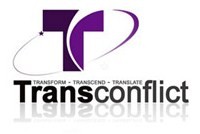
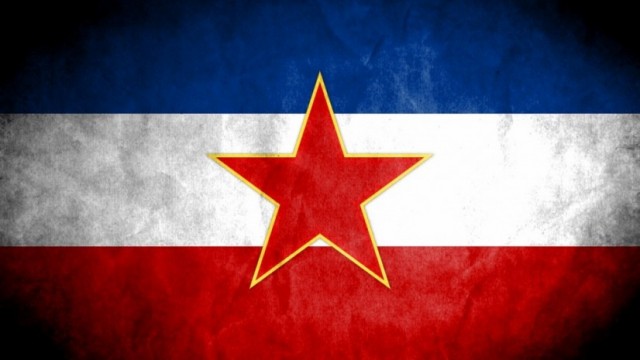











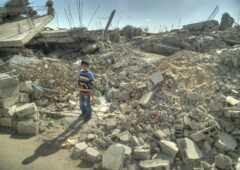
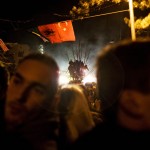
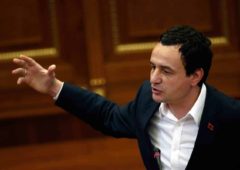
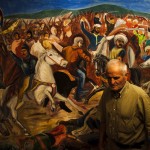



RT @TransConflict: Ethnic cleansing and #war crimes, 1991-1995 – part twelve: @TransConflict is pleased to present part twelve… http://t.…
RT @TransConflict: Ethnic cleansing and #war crimes, 1991-1995 – part twelve: @TransConflict is pleased to present part twelve… http://t.…
#TransConflict Ethnic cleansing and war crimes, 1991-1995 – part twelve: TransConflict is pleased to present p… http://t.co/T0MYjOcYPp
RT @balkannews: #TransConflict Ethnic cleansing and war crimes, 1991-1995 – part twelve: TransConflict is pleased to present p… http://t.…
RT @TransConflict: Ethnic cleansing and #war crimes, 1991-1995 – part twelve: @TransConflict is pleased to present part twelve… http://t.…
Ethnic cleansing and war crimes, 1991-1995 – part twelve http://t.co/bAe9qzXFLg #Nonprofit
Ethnic cleansing and war crimes, 1991-1995 – part twelve http://t.co/VGepCqREC8
“The ultimate goal of ethnic cleansing operations was to remove the target population from a given territory.” – http://t.co/yVQIBRutzb
RT @ConflictsUpdate: Ethnic cleansing and war crimes, 1991-1995 – part twelve http://t.co/VGepCqREC8
RT @TransConflict: “The ultimate goal of ethnic cleansing operations was to remove the target population from a given territory.” – http://…
RT @ConflictsUpdate: Ethnic cleansing and war crimes, 1991-1995 – part twelve http://t.co/VGepCqREC8
RT @TransConflict: “The ultimate goal of ethnic cleansing operations was to remove the target population from a given territory.” – http://…
Ethnic cleansing and war crimes, 1991-1995 – part twelve – TransConflict – http://t.co/sv6jfKg5I0
RT @MIMazhar: Ethnic cleansing and war crimes, 1991-1995 – part twelve – TransConflict – http://t.co/sv6jfKg5I0
RT @MIMazhar: Ethnic cleansing and war crimes, 1991-1995 – part twelve – TransConflict – http://t.co/sv6jfKg5I0
Pingback : Ethnic cleansing and war crimes, 1991-1995 – part thirteen - TransConflict
Pingback : Ethnic cleansing and war crimes, 1991-1995 – part fifteen - TransConflict